What’s in the Drawing?
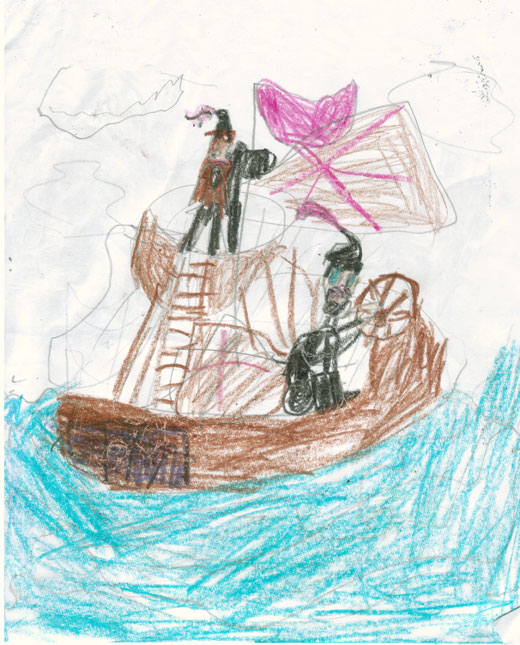
Can you tell me what is going on in my daughter’s drawing? I will post the text above the drawing by Wednesday in a different post. Enjoy chatting about the drawing.

Can you tell me what is going on in my daughter’s drawing? I will post the text above the drawing by Wednesday in a different post. Enjoy chatting about the drawing.
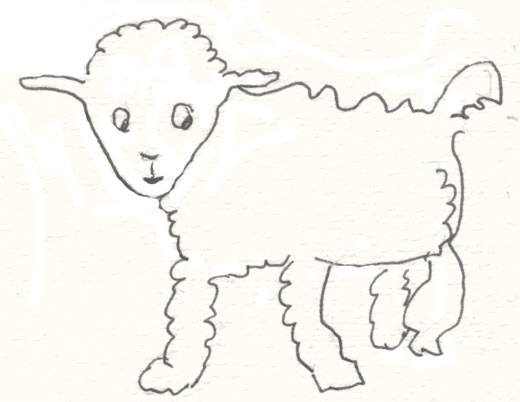
Free Association Game: What do you think of when you read sheep? Or when you look at the above image? (or both)
Please leave your thoughts, ideas, associations in the comments. As always, vulgar or obscene comments will be deleted. But the truth is, I’ve never gotten any vulgar or obscene comments…
Not necessary to play the game, but if you are curious, read the difference between a lamb and a sheep.

How does one depict an angel? How does one depict the earth, the sky, the ladder? I skipped putting the main subject, Jacob, in the painting. Maybe next time. If I were to depict Jacob, he might look like this man.
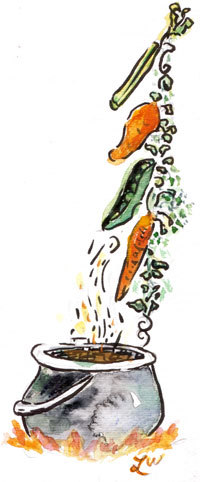
Do you have a favorite illustrated book or illustrator? Please leave the name in the comments. Thanks!
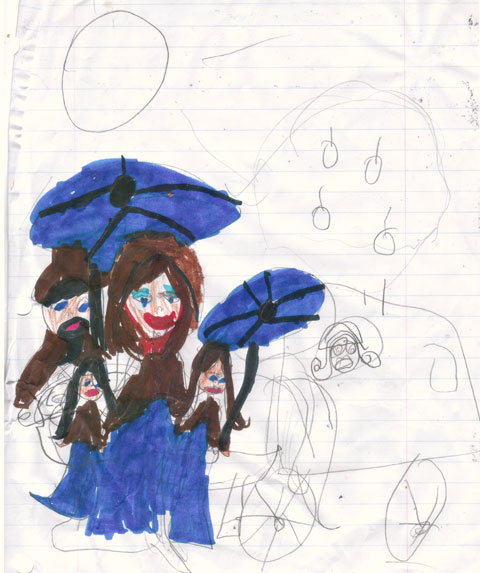
What do you see in my daughter’s drawing? I can only guess myself. I will consult with her by Monday to find out what she was trying to depict. Have fun with this.

Welcome back to another round of What Do You See? Here is a drawing my daughter did on Thursday, and with her permission, I ask you, what’s in the drawing?
Have fun with this.
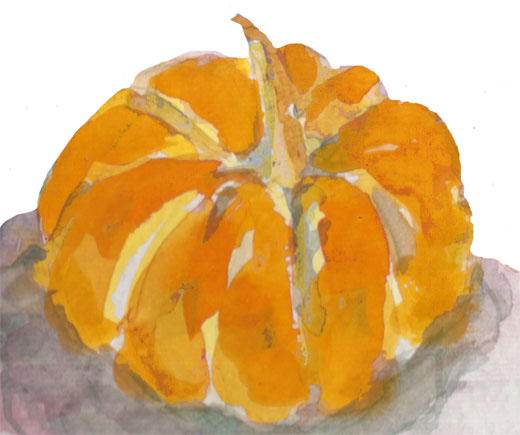
For a short time only, one can see my pumpkin on the children’s page of the Highland Park Public Library.


This is a re-post of my pomegranate painting I did last year. The pomegranate has many seeds; some say there are as many seeds in a pomegranate as there are mitzvot in the Torah (613). Well, years ago, my brother and I counted the seeds of a pomegranate one afternoon. We put the seeds in bowls spread across the table. Then I reported back to the teacher that indeed this pomegranate had way more than 613 seeds. His response: “Did the pomegranate grown in the Land of Israel?” I responded no, as it probably grew in California. Anyway, it is customary to eat a pomegranate on Rosh Hashana, the Jewish New Year. You can read more about the symbols for Rosh Hashana in last year’s post.
For more images with a little red or a little of red, visit Ruby Tuesday:


This coming week is Rosh Hashana, the Jewish New Year, and it is traditional to put certain symbolic foods on the table (see my post from last year about the simanim). Yesterday I did this watercolor of three squashes (or simply ‘squash’ – looks like the plural can be with or without the ‘es’).
What to do with squash? One of my friends said she will make my squash into a delicious squash soup. Will she share the recipe? Hmm. I could chop up the zucchini and saute it with onions, fresh garden basil and a bit of tomato. The little pumpkin, I told my son, is too tiny for a jack o’ lantern, but I told him we could buy a bigger one for that purpose for Sukkot (holiday in three weeks). I will probably make a stuffed squash for Friday night.

Thanks to everyone who commented on my new “Websites for Small Biz” blog project. This morning I tried to put a fancy magazine theme on the new blog; the fancy shmancy theme crashed the blog, so I had to delete it. I will be experimenting with themes for a while on that blog. There are lots of details to fine tune on a new blog.
Would love to get some comments on my Anne of Green Gables post (thanks, Mrs. S., for being #1!).
I am excited to have another guest blogger that I interviewed. She is from New Jersey, and she writes about: playgrounds! Come back on Wednesday to learn more.
Rosh Hashana is coming next week – for the Jewish New Year, Jews around the world are (supposed to be) preparing themselves spiritually for the day. I approach the upcoming holiday by exploring the simanim, the food symbols that we put on the table. Beets, pictured in the above watercolor, are one siman. More on the simanim next week.
These bloggers wrote memorials for 9/11:
Looking for recipes for the upcoming Jewish holidays? Visit: